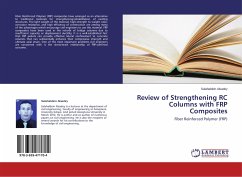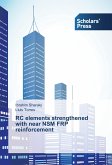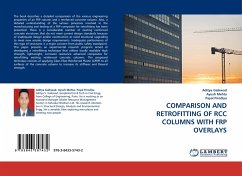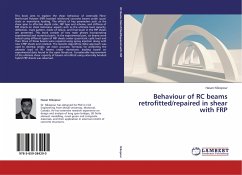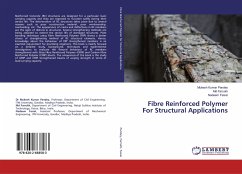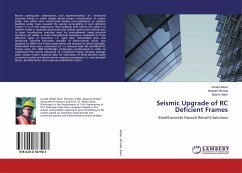Fiber Reinforced Polymer (FRP) composites have emerged as an alternative to traditional materials for strengthening/rehabilitation of existing structures. The light weight of the material, high-strength to weight ratio, corrosion resistance, and high efficiency of construction are among many of the advantages which encourage civil engineers to use this material. FRP composites have been used in the retrofit of bridge columns due to insufficient capacity or displacement ductility. It is a well-established fact that FRP jackets can provide effective lateral confinement to concrete columns that can substantially enhance their compressive strength and ultimate axial strain. One of the most important problems civil engineers are concerned with is the stress-strain relationship of FRP-confined concrete.
Bitte wählen Sie Ihr Anliegen aus.
Rechnungen
Retourenschein anfordern
Bestellstatus
Storno

